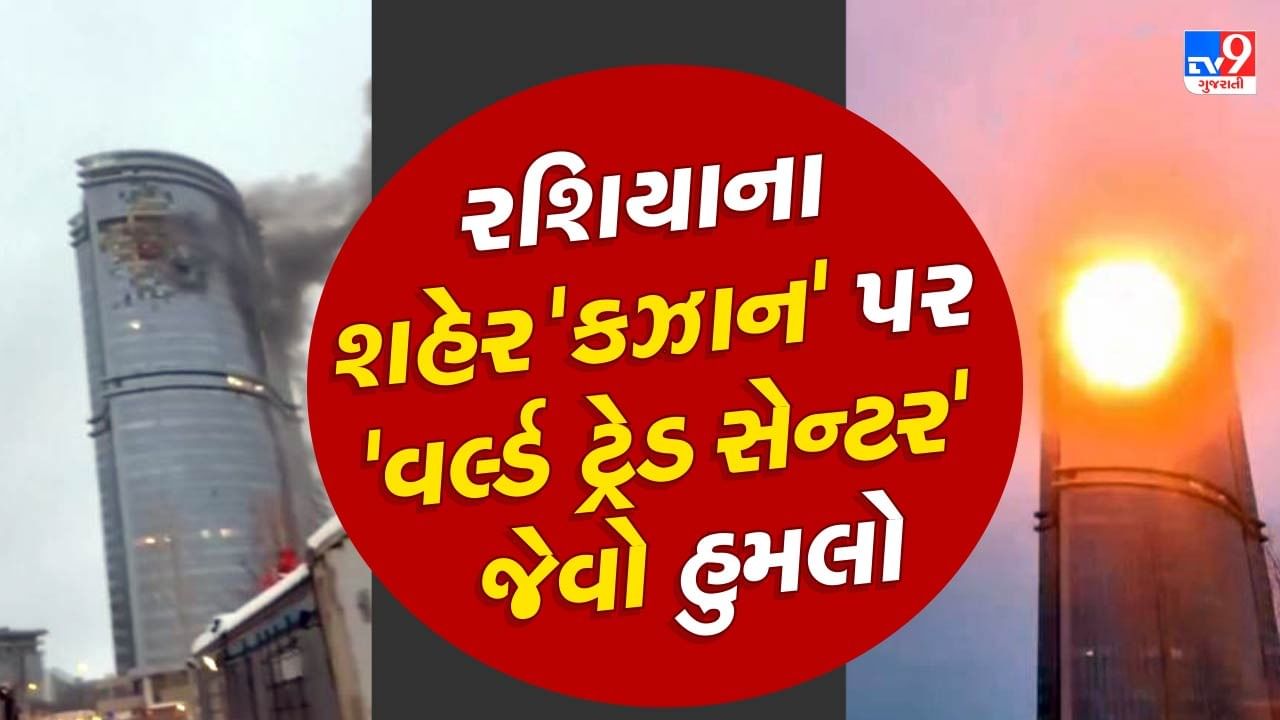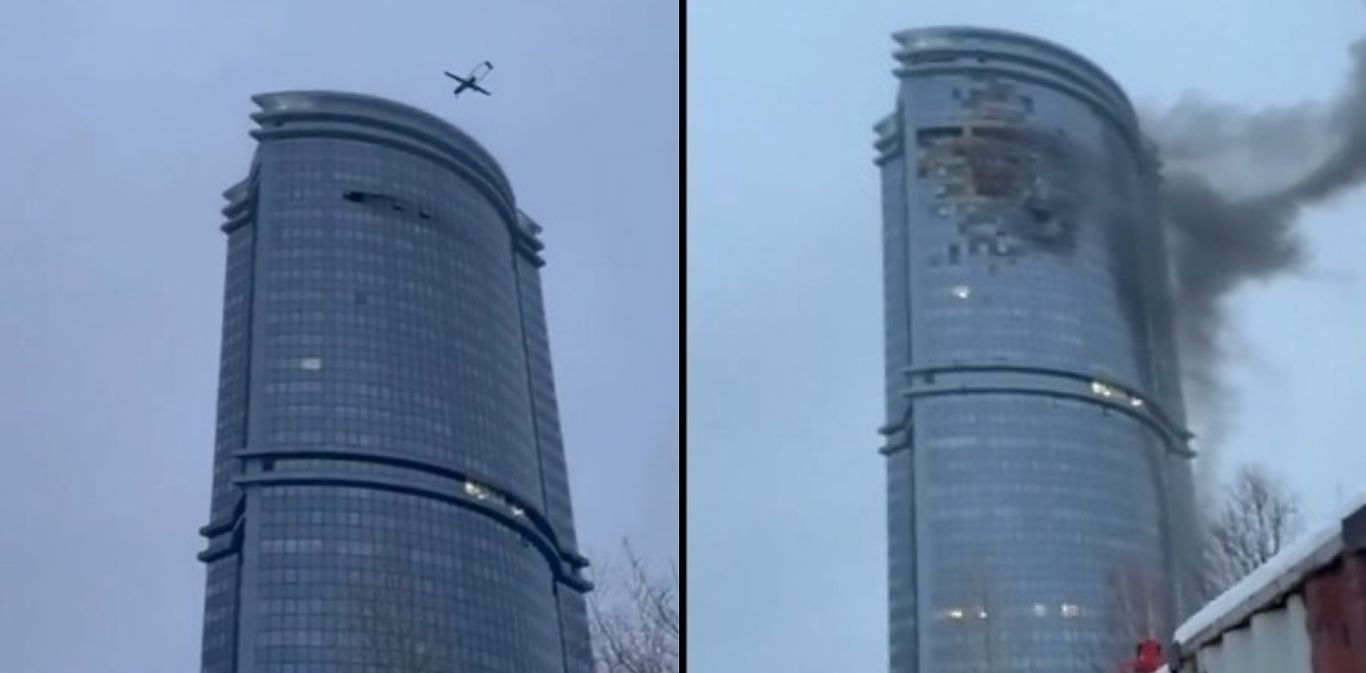Kazan drone attack represents a significant event demanding thorough examination. This incident, shrouded in uncertainty regarding its perpetrators and motives, necessitates a careful analysis of the available evidence and its geopolitical implications. The attack’s technological aspects, the international response, and the subsequent media coverage all contribute to a complex narrative requiring careful consideration.
Understanding the circumstances surrounding the Kazan drone attack requires delving into various facets. From the initial reports of damage and casualties to the investigation into potential actors, each element plays a crucial role in piecing together a complete picture. The timeline of events, the technological capabilities of the drones involved, and the broader geopolitical context are all vital components of this analysis.
Examining the international community’s response and the resulting public discourse provides further insight into the impact of this event.
The Kazan Drone Attack: An Analysis
Reports of a drone attack in Kazan, Russia, have raised significant concerns regarding national security, technological advancements in warfare, and the broader geopolitical landscape. This analysis examines the event, its potential attribution, geopolitical context, technological aspects, international response, public perception, and security implications.
The Event: Kazan Drone Attack

Details surrounding the alleged drone attack in Kazan remain somewhat fragmented, with information emerging from various sources. Initial reports suggested multiple drones targeted specific locations, causing varying degrees of damage. A comprehensive understanding requires corroboration from multiple independent sources and official investigations.
The recent drone attack on Kazan highlights the increasing vulnerability of urban areas to aerial threats. Understanding the capabilities of various drone systems is crucial for effective countermeasures, and a key aspect of this involves examining commercially available technologies like those offered by sky elements drones , whose specifications can offer insights into potential attack vectors. Analyzing these drones’ features helps assess the sophistication and range of future attacks on cities like Kazan.
| Date | Time | Location | Type of Damage | Source |
|---|---|---|---|---|
| [Insert Date] | [Insert Time] | [Insert Location – e.g., Kazan Airport] | [Insert Damage – e.g., Minor property damage] | [Insert Source – e.g., Unnamed Official] |
| [Insert Date] | [Insert Time] | [Insert Location – e.g., Government Building] | [Insert Damage – e.g., Structural damage] | [Insert Source – e.g., Social Media Reports] |
Attribution and Responsibility
Determining responsibility for the Kazan drone attack requires a meticulous investigation. Several actors could potentially be involved, each with varying motives and capabilities. Analysis involves evaluating the sophistication of the attack, the target selection, and any available evidence linking the incident to specific groups or individuals.
- Potential Actor A: [Describe potential actor and their motive. Example: A Ukrainian affiliated group seeking to disrupt Russian infrastructure].
- Supporting Evidence: [List supporting evidence. Example: Similar attacks in other regions].
- Refuting Evidence: [List refuting evidence. Example: Lack of direct evidence linking the group to the attack].
- Potential Actor B: [Describe potential actor and their motive. Example: A domestic dissident group protesting government policies].
- Supporting Evidence: [List supporting evidence. Example: Past history of similar actions].
- Refuting Evidence: [List refuting evidence. Example: The complexity of the operation exceeding their known capabilities].
Geopolitical Context
The Kazan drone attack occurs within a complex geopolitical environment marked by ongoing tensions between Russia and several other nations. Understanding these relationships is crucial for analyzing the attack’s potential motivations and implications.
A visual representation could depict Russia at the center, with radiating lines connecting it to key players like Ukraine, NATO members, and other regional actors. The thickness of the lines could represent the intensity of the relationship, with thicker lines indicating greater tension or conflict. Arrows could indicate the direction of potential influence or aggression.
Technological Aspects

The alleged drones used in the Kazan attack likely employed advanced technologies for navigation, targeting, and payload delivery. Analysis of the incident requires examining the drone’s capabilities, the methods used to deploy and control it, and the type of payload utilized. This includes assessing the drone’s range, endurance, and potential for carrying explosives or other harmful materials.
The recent drone attack on Kazan highlights the increasing vulnerability of civilian areas to aerial threats. Understanding the technology behind such attacks is crucial, and examining the capabilities of commercially available drones, such as those offered by sky elements drones , provides valuable insight into potential future scenarios. This analysis can help inform strategies for improved defense against similar attacks on Kazan and other cities.
Comparing this event to similar incidents, such as drone attacks on infrastructure in other countries, reveals the evolving nature of drone warfare and the potential for escalating conflicts. The incident highlights the need for improved counter-drone technologies and strategies to protect critical infrastructure and civilian populations.
The recent Kazan drone attack highlights the evolving threat of unmanned aerial vehicles. This incident underscores the need for robust counter-drone technologies, a stark contrast to the seemingly benign spectacle of a well-choreographed drone show, such as the one showcased at the florida drone show. The peaceful visuals of the Florida event, however, serve as a reminder of the duality of drone technology; capable of both breathtaking displays and potentially devastating attacks, as seen in Kazan.
International Response, Kazan drone attack

The international community’s response to the Kazan drone attack will vary depending on individual nation’s geopolitical stances and relationships with Russia. Statements from key figures and international organizations provide insights into the global perception of the event and its implications.
| Entity | Response | Date |
|---|---|---|
| [Insert Entity – e.g., NATO] | [Insert Response – e.g., Expressed concern and called for de-escalation] | [Insert Date] |
| [Insert Entity – e.g., United States] | [Insert Response – e.g., Condemned the attack and offered support for investigation] | [Insert Date] |
Public Perception and Media Coverage
The media’s portrayal of the Kazan drone attack significantly influences public opinion. Different outlets may present varying narratives, potentially influenced by their own biases or access to information. Social media plays a crucial role in disseminating information, both accurate and inaccurate, amplifying existing narratives and potentially creating new ones.
- Narrative A: [Describe a narrative and its source. Example: State-controlled media downplayed the incident, emphasizing the lack of significant casualties].
- Narrative B: [Describe a narrative and its source. Example: Independent media highlighted the potential for escalation and the vulnerability of Russian infrastructure].
Security Implications
The Kazan drone attack underscores vulnerabilities in the region’s security infrastructure and highlights the need for enhanced countermeasures. Assessing the incident’s implications requires examining the potential for future attacks, the effectiveness of existing security protocols, and the need for improved surveillance and defensive technologies.
Examples of effective countermeasures include improved air defense systems, advanced drone detection technologies, and enhanced cybersecurity measures to prevent the hijacking or misuse of drones. Investing in these areas is crucial for mitigating the risks associated with drone attacks and ensuring the safety of critical infrastructure and civilian populations.
The Kazan drone attack serves as a stark reminder of the evolving nature of modern conflict and the vulnerabilities inherent in increasingly interconnected societies. The incident highlights the need for enhanced security measures, a deeper understanding of the motivations behind such attacks, and a more robust international framework for addressing the challenges posed by unmanned aerial vehicles. Further investigation and open dialogue are crucial for mitigating future risks and ensuring the safety of civilian populations.
Answers to Common Questions
What type of damage was reported after the Kazan drone attack?
Reports varied, but initial accounts suggested damage to infrastructure and possibly some injuries. Precise details often emerged slowly and may have been subject to conflicting information.
Were there any arrests made in connection with the attack?
Information regarding arrests is typically withheld during ongoing investigations. Official statements would be the best source for confirmed information.
What is the current official stance on who was responsible?
Official statements regarding attribution often come out later in the investigation and may be subject to change as evidence emerges. It’s important to rely on verified news sources for the most accurate information.
